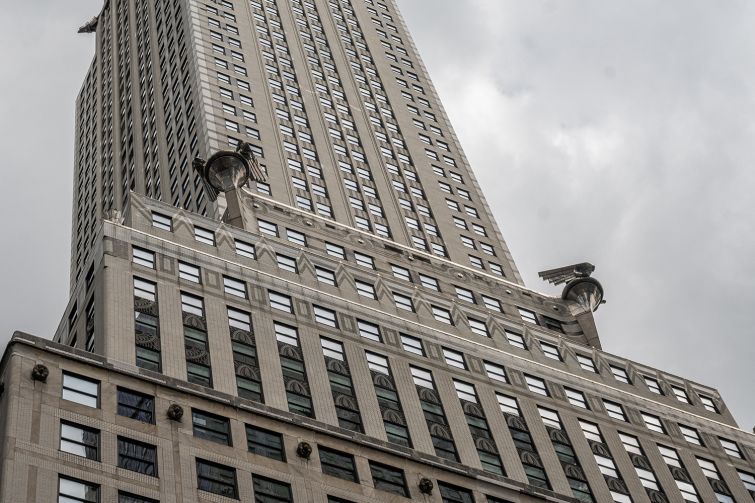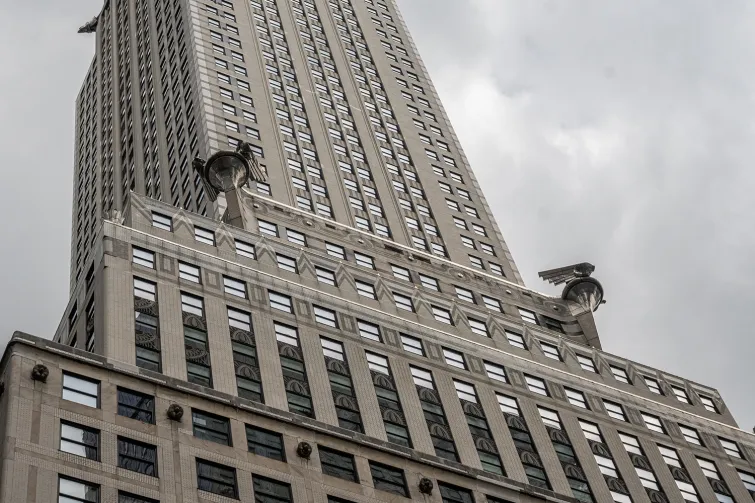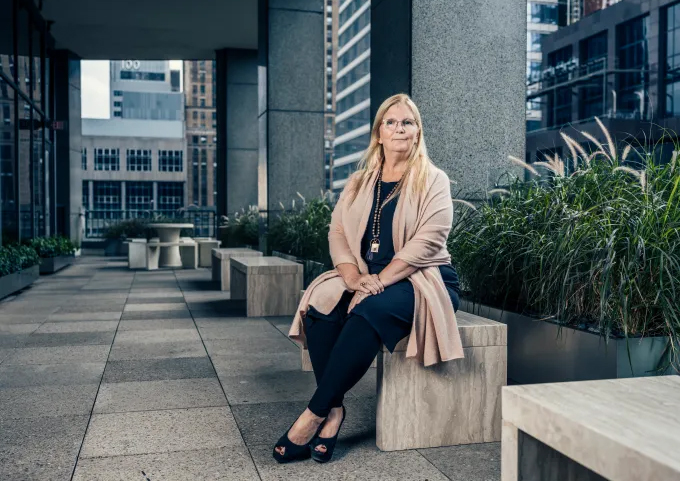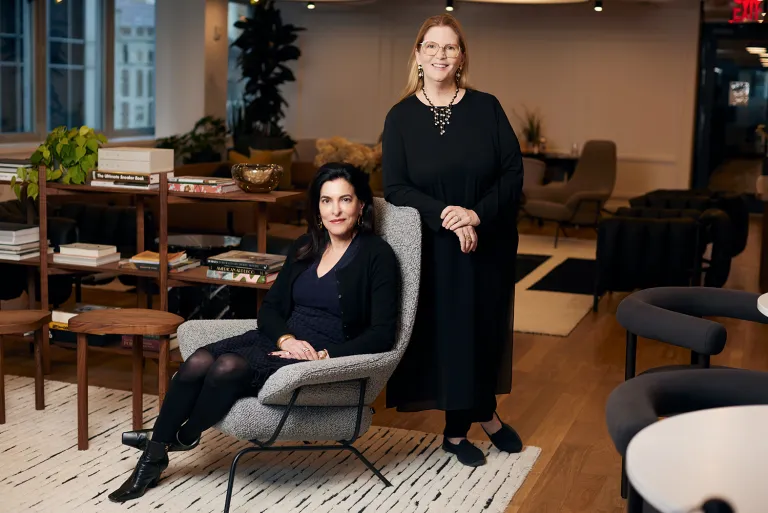
Friedland Properties Snatches Up 673 Madison Avenue for $36M
October 7, 2024
NYC’s most iconic buildings are plummeting in value and savvy investors are gobbling up the deals (JPM Purchase of 250 Park)
October 30, 2024The Chrysler Building: What Happens Next?
Excerpt as seen in Commercial Observer on October 4, 2024
By Brian Pascus
Link to article
By 2019, the Abu Dhabi Investment Council wanted out of its $800 million deal.
Superbroker Darcy Stacom, formerly of CBRE and now the head of her own firm, StacomCRE, was tasked by Tishman and the Council to get as much value out of the Chrysler Building as she could. By holding a bidding war first among individual billionaires, and then between two real estate giants, Stacom eventually sold the building for $151 million in 2019 — an 81 percent drop in value from its previous sales price.
“We definitely exceeded, by a fair amount, what the client expected us to be able to recoup on the leasehold,” Stacom told CO. “It’s the Chrysler Building, so, at the end of the day, people do want to own it. They understand its global iconic value.”
None more so than the new owners, Aby Rosen and Michael Fuchs of RFR Holding.
Almost immediately, Rosen and Fuchs moved to reimagine the Chrysler Building for the 21st century. They spoke broadly about bringing back a long-defunct observation deck, hinted at turning part of the tower into a luxury hotel, and moved quickly to vacate several long-term, mom-and-pop tenants from the building’s underground arcade, with visions of transforming that subterranean area into a “destination [for] dining and entertainment.”
But COVID-19 had other plans for RFR and its 90-year-old tower once the 2020s arrived.

Chrysler Building details
Photo Credit: Alice Moreno
“The landlord, RFR, was put in a terrible predicament,” said Colp-Haber, speaking broadly about office as an asset class. “Look at the forces you have to deal with: On the income side the rents are down 30 percent from 2019, demand for product is down 40 percent; then your expenses are all up dramatically, you’ve got loans coming due that were at 3.5 percent when you made them, now you might not even get any refinancing. Your bank is not returning your call, and you used to borrow 80 percent loan-to-value, and now you’ll be getting 50 percent if you’re lucky.
“Much of it is not of the landlord’s own making,” she added. “Like so many landlords in New York, RFR has fallen victim to the circumstances that surround these buildings from both a financial and a logistical standpoint.”




